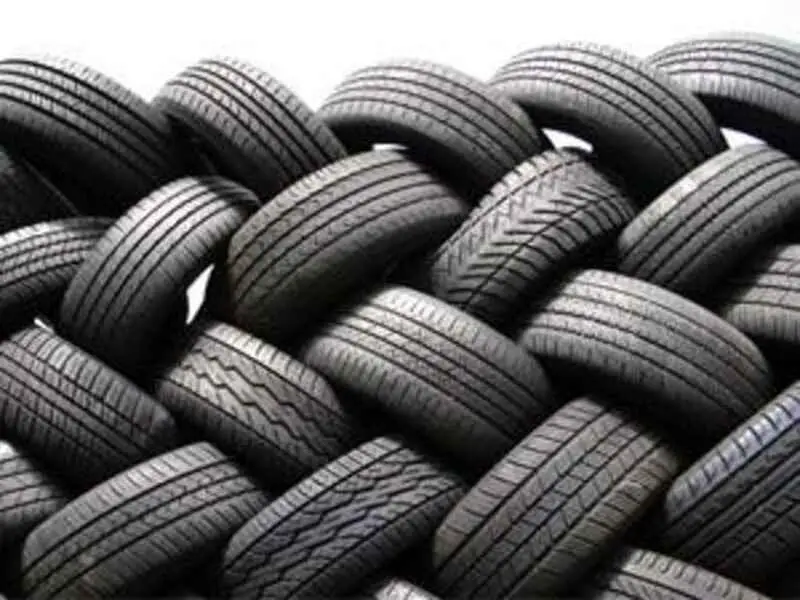The government has confirmed that the import duty on rubber will remain unchanged at 10%, despite the requests of the domestic rubber industry to increase it to 25%. The industry had sought a higher duty to protect itself from cheap imports, especially from China and Vietnam, which have been flooding the Indian market.
Reasons for not changing the Rubber Import Duty:
According to the official sources, the government has taken into account the interests of both the rubber growers and the rubber users, who are mainly from the tyre and auto sectors. The government has also considered the impact of the duty on inflation and consumer prices, as well as the international trade obligations.
The official said that the government is aware of the challenges faced by the rubber industry due to the Covid-19 pandemic and the rising input costs. However, he added that increasing the import duty would not be a viable solution, as it would hurt the competitiveness of the rubber users and lead to higher prices for the consumers.
He also pointed out that India is a net importer of rubber, as the domestic production is not sufficient to meet the demand. According to the data from the Ministry of Commerce, India imported 5.8 lakh tonnes of natural rubber in 2020-21, which was 18% higher than the previous year. The imports accounted for 47% of the domestic consumption of 12.3 lakh tonnes.
Measures to boost domestic production:
The official said that the government is taking various measures to boost the domestic production and productivity of rubber, such as providing subsidies, incentives, research and development support, and extension services to the rubber growers. He also said that the government is monitoring the import trends and prices of rubber closely and will take appropriate steps if required.
Recent Blog : CBDT Sets Rs 1 Lakh Cap for Withdrawing Old Tax Demands
